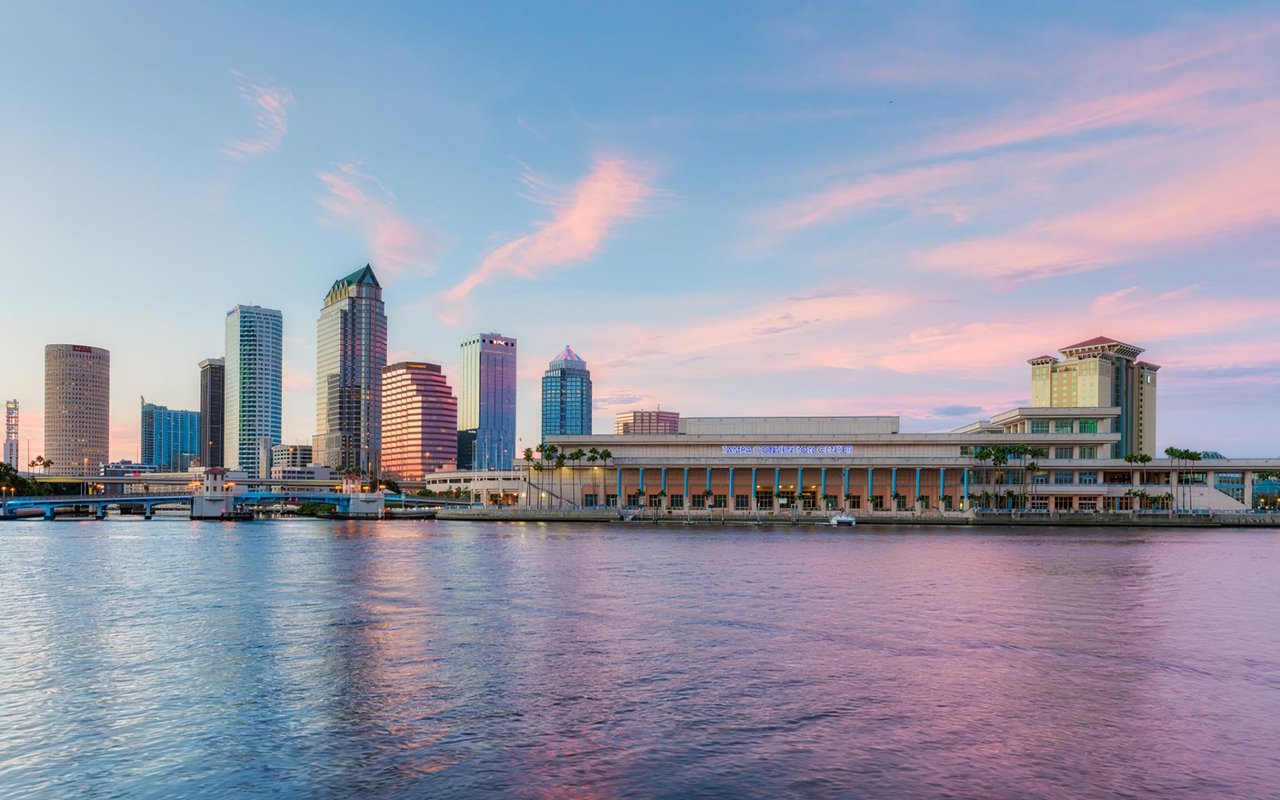Tampa, Florida, a vibrant city on the Gulf Coast, is renowned for its sunny weather, bustling port, and captivating architectural landmarks. From historic edifices narrating the city’s storied past to modern marvels epitomizing contemporary design, Tampa's architectural landscape offers a fascinating journey through time and style. This guide unveils the best of Tampa, FL, architecture.
Tampa Theatre: A Historic Gem
Opened in 1926, the Tampa Theatre is a beacon of historical significance and architectural beauty. Designed by architect John Eberson, this movie palace is an excellent example of the atmospheric theatre style that Eberson popularized in the early 20th century. The theatre's interior simulates a Mediterranean courtyard with a starry sky, whimsical gargoyles, and intricate detail that transports visitors to a bygone era. The Tampa Theatre has been meticulously preserved and serves as a cultural hub, hosting films, concerts, and other events that draw locals and tourists.
The University of Tampa: A Blend of Moorish and Victorian Influences
The University of Tampa, housed in the former Tampa Bay Hotel, is another iconic landmark that exemplifies the city’s rich architectural heritage. Built by railroad magnate Henry B. Plant in 1891, the structure is a stunning example of Moorish Revival architecture. Its distinctive minarets and ornate details make it a visual delight. The building now serves as the centerpiece of the university campus. It houses the Henry B. Plant Museum, where visitors can explore the hotel’s history and its impact on the development of Tampa.
Le Méridien Tampa: From Courthouse to Luxury Hotel
Le Méridien Tampa, a luxury hotel in the heart of downtown, offers a unique glimpse into the city's architectural evolution. The building, originally the Old Federal Courthouse, was constructed in 1905 and features a neoclassical design characterized by imposing columns and detailed stonework. After serving as a courthouse for nearly a century, the building was meticulously restored and transformed into a hotel, blending historical elements with modern amenities. This adaptive reuse project has breathed new life into the structure while preserving its architectural integrity.
Sacred Heart Catholic Church: A Testament to Gothic Revival
Sacred Heart Catholic Church is a testament to the Gothic Revival style that was popular in the late 19th and early 20th centuries. Completed in 1905, the church is renowned for its soaring spires, intricate stained glass windows, and beautifully crafted interior. The attention to detail in its design and construction reflects the craftsmanship of the era and the church’s importance in the community. Sacred Heart continues to serve as a place of worship and a landmark of architectural and historical significance in downtown Tampa.
The Straz Center for the Performing Arts: Modern Elegance
The David A. Straz Jr. Center for the Performing Arts, commonly known as the Straz Center, is a modern architectural landmark. Opened in 1987, it is one of the largest performing arts complexes in the Southeastern United States. Clean lines, expansive glass facades, and an inviting riverside setting characterize its sleek, contemporary design. The center hosts many performances, including Broadway shows, opera, ballet, and concerts, making it a cultural cornerstone of the city.
The Tampa Museum of Art: Contemporary Design Meets Artistic Expression
The Tampa Museum of Art, with its striking contemporary design, adds a modern flair to Tampa's architectural landscape. Designed by architect Stanley Saitowitz and completed in 2010, the museum's minimalist aesthetic is characterized by its aluminum exterior and strategic use of light and space. The museum's design enhances the display of its art collections and creates a dynamic interaction with its waterfront surroundings. The Tampa Museum of Art is a beacon of modern design and a center for cultural and artistic exploration.
The Florida Aquarium: Nautical Inspiration
The Florida Aquarium, opened in 1995, is a unique example of architecture inspired by its function. Designed to resemble a ship, the aquarium’s structure is characterized by its sweeping curves and nautical elements, creating an immersive experience for visitors. The building's design seamlessly integrates with its exhibits, highlighting Florida's diverse aquatic ecosystems. The Florida Aquarium is an architectural landmark and a key player in marine education and conservation efforts.
Amalie Arena: A Hub of Sports and Entertainment
Amalie Arena, home to the NHL's Tampa Bay Lightning, is a modern architectural marvel that plays a central role in Tampa's sports and entertainment scene. Opened in 1996, the arena boasts a sleek, functional design that accommodates a wide range of events, from hockey games to concerts and conventions. The structure features state-of-the-art amenities and technology, ensuring an optimal experience for attendees. Amalie Arena's prominent location and distinctive design make it a recognizable and integral part of Tampa's urban fabric.
Secure Your Place in Tampa’s Architectural Heritage
Tampa’s architectural landmarks reflect the city’s rich history and spirit. These structures offer a window into Tampa’s evolution and vibrant community, from historic theaters and grand hotels to modern museums and arenas. Exploring these landmarks provides a visual feast and an appreciation for the architectural ingenuity and cultural significance that define Tampa, Florida.
Whether you're captivated by the grandeur of historic buildings like the Tampa Theatre or the contemporary allure of waterfront properties, experience Tampa’s blend of history, culture, and modern living. Contact The Horvath Group now and take the first step towards owning a piece of Tampa's architectural legacy.
Whether you're captivated by the grandeur of historic buildings like the Tampa Theatre or the contemporary allure of waterfront properties, experience Tampa’s blend of history, culture, and modern living. Contact The Horvath Group now and take the first step towards owning a piece of Tampa's architectural legacy.




